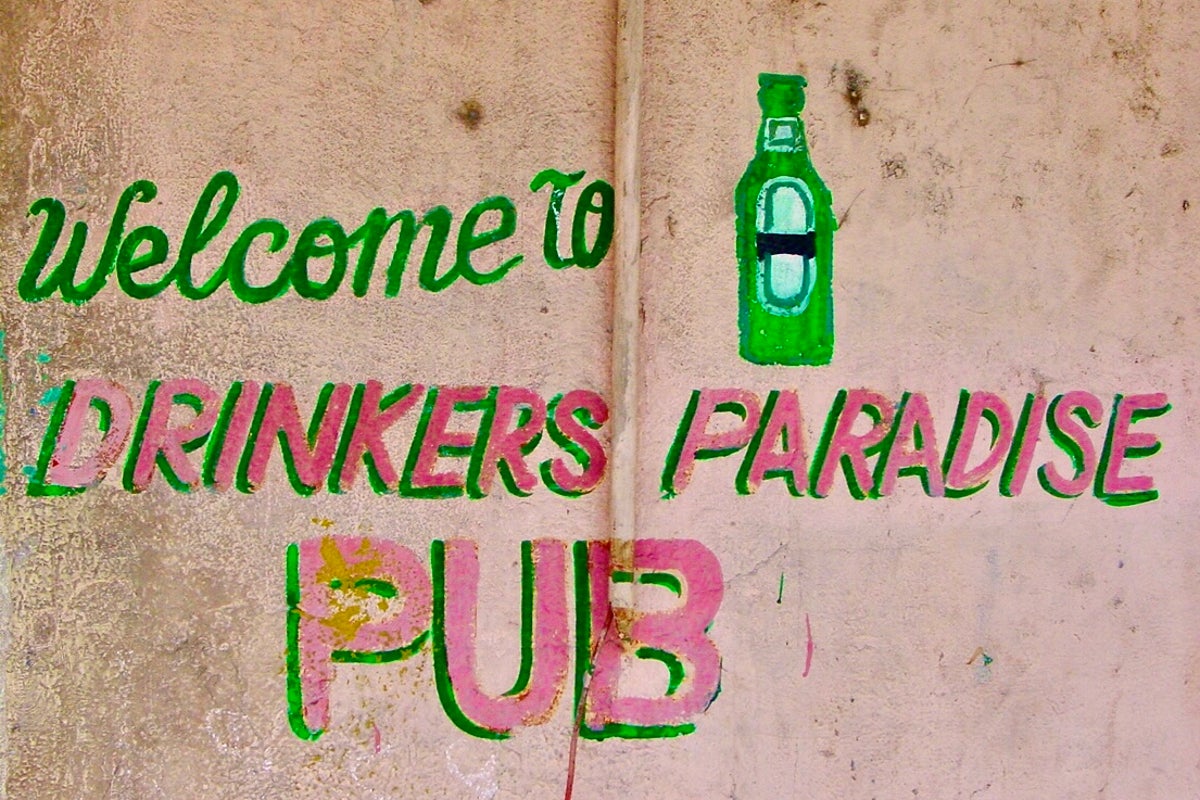Methanol poisoning: Why travellers are at risk, and how to reduce the dangers
‘Steer clear, drink beer’ is a wise strategy, say campaigners

The government must do more to heighten awareness of the risk of methanol poisoning while abroad: that is the message from family and friends of British victims who consumed drinks spiked with the deadly substance.
Six backpackers died in Laos in November 2024 after drinking free shots of spirits tainted with methanol at a hostel in Vang Vienna in Laos. Simone White, a 28-year-old lawyer from London, lost her life along with two Australians, two Danes and an American. Her travelling companion, Bethany Clarke, is campaigning for greater awareness of the dangers.
In July 2022, Kirsty McKie, 38, was working as a ceramicist in Bali when she died after drinking liquor contaminated with methanol. “Kirsty drank a moderate amount and the results were catastrophic,” says her mother, Margaret McKie.
After the inquest in Manchester into her death, the coroner said: "There was little publicity by the UK government of the risk in contrast to the approach taken by the Australian government who had undertaken a campaign to increase awareness to protect their citizens travelling in areas of Asia such as Bali.”
Besides these tragedies, in recent years deaths from methanol poisoning have also been reported in other countries including Fiji, India, South Africa and Turkey.
The Foreign Office says it will “will explore more ways to inform British travellers about the risks of methanol”.
These are the key questions and answers.
What is methanol – and why is it so dangerous?
Methanol is a chemically simple form of alcohol, also known as wood spirit or methyl alcohol. Its uses are mainly industrial, such as a fuel and a solvent for paint and plastic.
The substance is highly toxic and definitely not for human consumption: if ingested, methanol is processed in the body and becomes formic acid, which attacks the system.
The UK Health Security Agency says it causes “coma, convulsions, blindness, nervous system damage and death”. Just 25ml of methanol – about five teaspoons – can prove fatal.
Why would anyone add methanol to drinks?
Bluntly, to make money. “Organised crime regularly doctors drinks,” says Jim Dickson MP, who is working with the families and friends of victims to raise awareness of the risks.
Adding methanol boosts the alcohol content, and because it has only a very faint smell and is tasteless you would not know that your drink is contaminated.
The Methanol Institute, the worldwide trade association for producers, says: “Methanol is often deliberately and illegally added to alcoholic beverages as a cheaper alternative to ethanol (normal alcohol that can be consumed) in countries where taxes on legitimate alcohol or the cost of legitimate alcohol might be perceived as too high.”
The institute likens methanol spiking to adding petrol to a drink.
Poisoning can also happen with home-made alcohol that isn’t brewed properly, producing methanol instead of ethanol.
What are the symptoms?
Beverley Tompkins, travel health nurse for Nomad Travel has written an excellent blog on the dangers of methanol, which says: “The first signs of poisoning include nausea, vomiting and abdominal pain, breathing difficulties, tiredness, confusion and dizziness.
“Further symptoms appear 12-48 hours later and can include headaches, blurry vision, trouble looking at bright lights, tunnel vision or seeing static – like that on an old TV screen – or complete blindness, seizures and coma.”
Ms Tompkins says any one of these symptoms is “a red flag that this is not normal alcohol poisoning”.
Urgent hospital medical care must be sought immediately. Treatment includes ethanol (“ordinary” alcohol), a drug called Fomepizole – which stops the methanol turning into formic acid – and dialysis to flush out the system.
Where are the biggest risks?
The Foreign Office includes information about the risks from methanol poisoning in travel advice pages for five South East Asian nations – Laos, Cambodia, Vietnam, Thailand and Indonesia – as well as Costa Rica, Fiji and Turkey.
The Australian government widens the danger area, saying methanol poisoning “can be a risk in popular destinations in Asia, Latin America, the Middle East, Africa and Eastern Europe”.
What should travellers look out for before drinking?
Any situation in which a drink could have been tainted with methanol – or drugs, for that matter. For example, a bar in which shots are poured from open bottles. The Foreign Office warns: “Say no to drinks from strangers.
“Go to reputable venues. Stick to places with a decent reputation – shady bars aren’t worth the risk.”
In a relaxed backpacker environment such as a hostel, it is easy to see how travellers could be lulled into a false sense of security. But the dangers extend far beyond the backpacker circuit. Campaigners point out that in Bali, methanol poisoning has been known to affect guests at beach clubs and five-star hotels.
“Drinking at reputable establishments reduces the risk of methanol poisoning, but doesn't eliminate it,” says the Australian government. It urges caution if offered “unusually cheap or discounted brand-name alcohol”.
Margaret McKie, mother of Kirsty McKie, says: “Kirsty had lived and worked in Bali for years and was well informed about the dangers of methanol. She and her fiance purchased alcohol from a supposedly reputable source that supplied high-end hotels and restaurants.”
The Foreign Office minister Catherine West add: “What is in bottles in supermarkets, in some cases, will not be what is described on the label.”
What is the best policy for travellers?
If you are in a bar, only consume drinks you can watch being opened and poured. The ideal is canned or bottled beer – in a tropical environment the more fluid the better, too. “Steer clear, drink beer” is a valuable mantra.
If you are buying for consumption in your hostel or hotel, go for a reputable retailer. Avoid anything that could be home brew, and beware of drinks that are significantly cheaper than the market average.
The UK government says: “Check your bottles. Seals should be intact, and labels should look legit (no misspellings or dodgy print).”
But campaigners say: “Branded bottles are often refilled with (home-brewed) alcohol.”
Be aware of the initial symptoms of methanol poisoning, including nausea, abdominal pain, breathing difficulties and confusion, so you can help others deal with what is a serious medical emergency.

 Fransebas
Fransebas 









.jpg?width=1200&height=800&crop=1200:800)






















